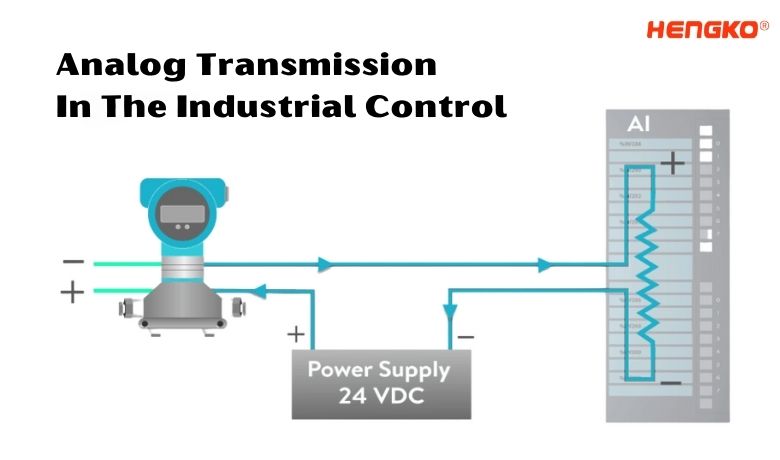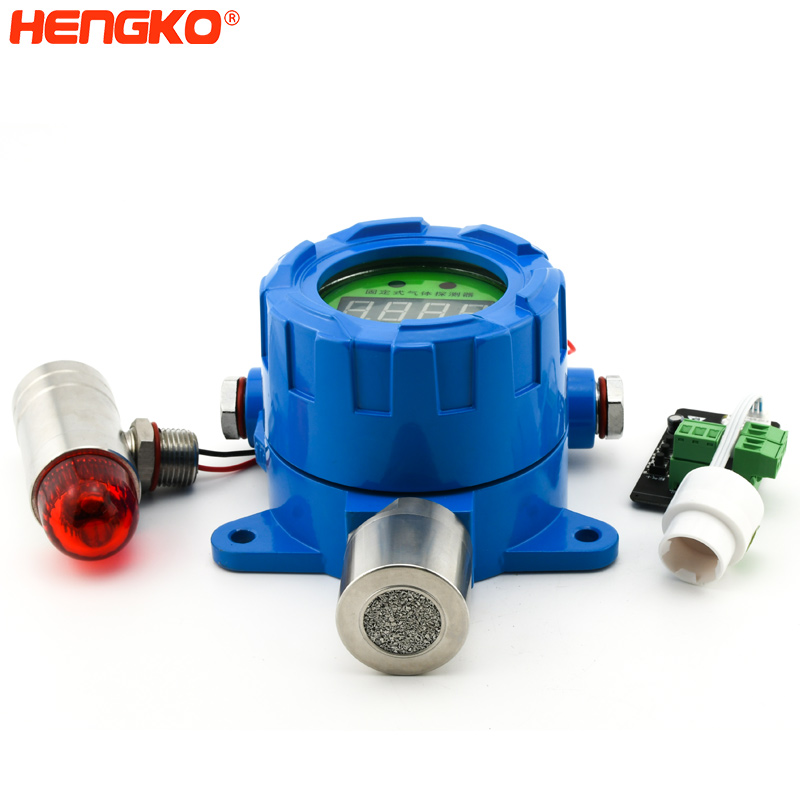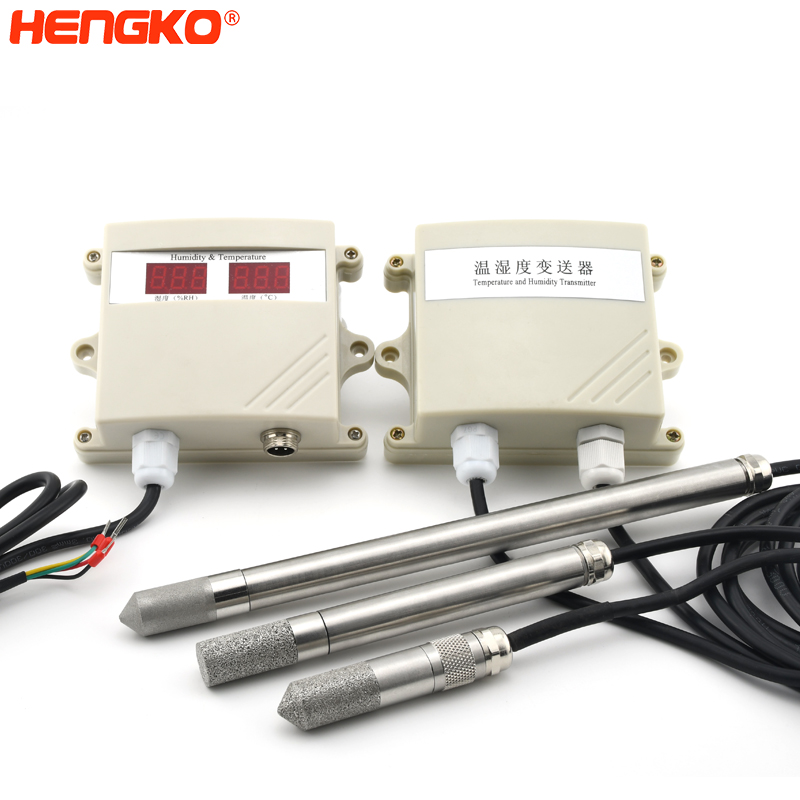
Analog Transmission - The Backbone of Industrial Communication
Analog transmission is the traditional way of conveying information. Unlike its digital counterpart, it uses a continuous signal to represent information. In industrial control systems, this is often crucial due to the need for real-time response and smooth data transition.
The emergence and application of industrial control technology brought about the third industrial revolution, which not only greatly improved work efficiency but also saved a lot of labor and other costs. Industrial control refers to industrial automation control, which refers to the use of computer technology, microelectronics technology, and electrical means to make the production and manufacturing process of the factory more automated, efficient, precise, and controllable and visible. The main core areas of industrial control are in large power stations, aerospace, dam construction, industrial temperature control heating, and ceramics. It has irreplaceable advantages. Such as: Real-time monitoring of power grids needs to collect a large number of data values and conduct comprehensive processing. The intervention of industrial control technology facilitates the processing of a large amount of information.
The Anatomy of Analog Transmission
Analog transmission involves the utilization of a continuous range of values. It transforms physical quantities, like temperature or pressure, into corresponding voltage or current signals. This continuity provides precision, making analog transmission a go-to for industries where accuracy is paramount.
Analog quantity refers to the quantity that the variable changes continuously in a certain range; that is, it can take any value (within the value range) within a certain range (definition domain).The digital quantity is a discrete quantity, not a continuous change quantity, and can only take several discrete values, such as binary digital variables can only take two values.
Why Choose Analog Transmission?
Analog transmission can be an advantageous method of transmitting information for several reasons:
1. Natural Form: Many natural phenomena are analog, so they do not require digital conversion before transmission. For example, audio and visual signals are naturally analog.
2. Hardware Simplicity: Analog transmission systems, such as FM/AM radio systems, are often simpler and less expensive than digital systems. This is beneficial when setting up systems where cost and simplicity are major factors.
3. Lower Latency: Analog systems can often offer less latency than digital ones, as they do not require time for encoding and decoding the signal.
4. Smoothing Errors: Analog systems can smooth out some types of errors in a way that digital systems can't. For instance, in a digital system, a single bit error can cause a significant problem, but in an analog system, small amounts of noise typically only cause small amounts of distortion.
5. Analog Transmission Over Large Distances: Some types of analog signals, such as radio waves, can travel large distances and are not as easily obstructed as some digital signals.
However, it's also important to mention the drawbacks of analog transmission. For example, they're more susceptible to quality loss due to noise, degradation, and interference, compared to digital signals. They also lack the advanced features of digital systems, such as error detection and correction capabilities.
The decision between analog and digital transmission ultimately depends on the specific requirements of the application.
The temperature, humidity, pressure, flow rate, etc. measured by the sensor are all analog signals, while the normally open and normally closed are digital signals (also called digital).Transmitter signals are generally analog signals, which are 4-20mA current or 0-5V, 0-10V voltage. Construction personnel prefer to use 4-20mA to transmit analog signals in industrial control situations, and rarely use 0-5V and 0-10V.
What is the reason ?
First, generally electromagnetic interference in factories or construction sites is very serious, and voltage signals are more susceptible to interference than current signals. Moreover, the transmission distance of the current signal is farther than the transmission distance of the voltage signal and will not cause signal attenuation.
Secondly, The signal current of general instruments is 4-20mA (4-20mA means the minimum current is 4mA, the maximum current is 20mA).The lowest 4mA is used because it can detect the disconnection point. The maximum 20mA is used to meet the explosion-proof requirements, because the spark potential energy caused by the on-off of the 20mA current signal is not enough to ignite the explosion point of the combustible gas. If it exceeds 20mA, there is a danger of explosion. Such as when a gas sensor detects flammable and explosive gases such as carbon monoxide and hydrogen, attention should be paid to explosion protection.

Finally, When transmitting a signal, consider that there is resistance on the wire. If voltage transmission is used, a certain voltage drop will be generated on the wire, and the signal at the receiving end will produce a certain error, which will lead to inaccurate measurement. Therefore, in industrial control systems, current signal transmission is usually used when the long distance is less than 100 meters, and 0-5V voltage signal transmission can be used for short distance transmission.
In the industrial control system, the transmitter is indispensable, and the transmission method of the transmitter analog is a very important consideration. According to your own use environment, measurement range and other factors, choose the corresponding transmitter analog output mode to achieve accurate measurement and help your work. We have an excellent porous metal element/stainless steel element. temperature and humidity sensor/probe, gas alarm explosion-proof housing product and service. There are many sizes for your choice, the customized processing service also available.
Post time: Dec-12-2020






